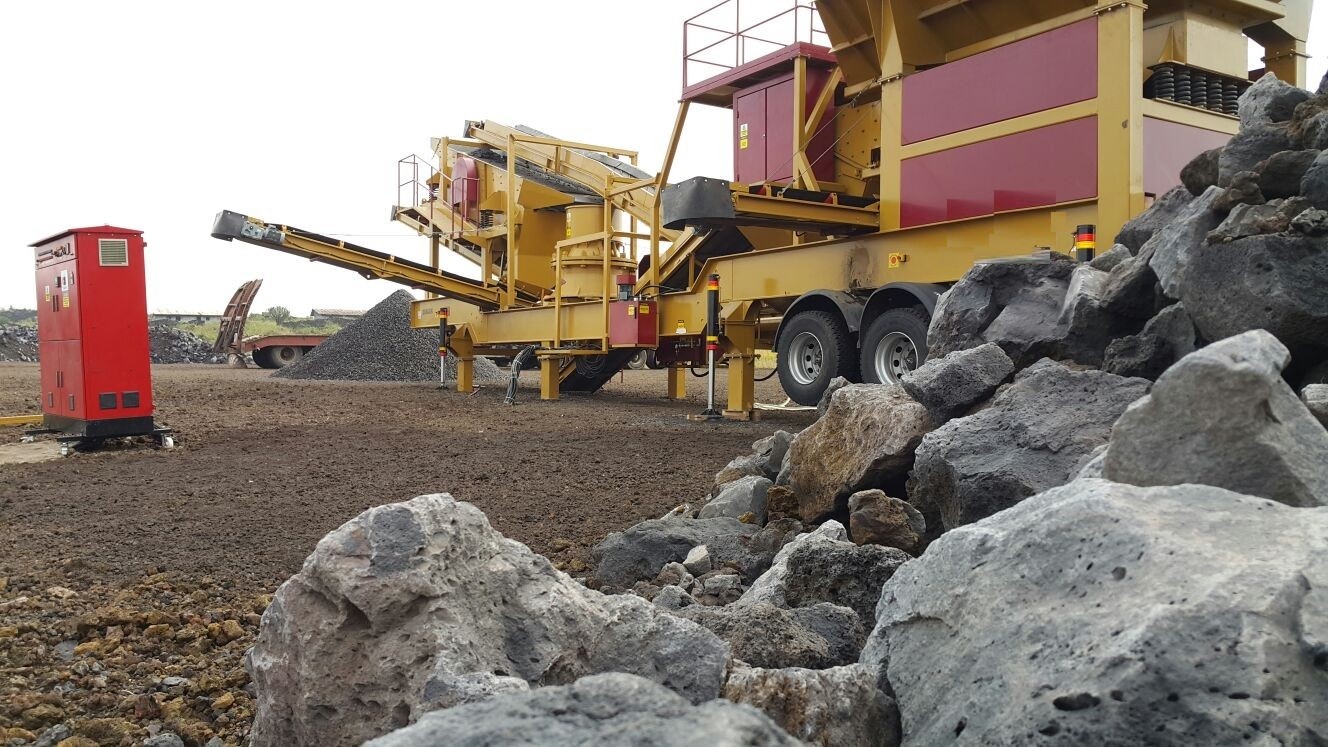In today’s rapidly evolving industrial landscape, sectors such as construction, mining, recycling, and infrastructure development are constantly seeking faster, more sustainable, and more efficient solutions. In this quest, new generation portable crushers have emerged as a revolutionary solution, offering unparalleled flexibility, mobility, and environmental sensitivity.
🏗️ 1. What Are New Generation Portable Crushers?
Portable crushers are heavy-duty machines designed to break down large, hard materials like rocks and concrete into smaller fragments. While traditional crushers are often fixed at a single location, new generation portable crushers are mobile systems that offer versatility for on-site material processing. These crushers are typically designed for quick setup and ease of transport, making them ideal for dynamic, project-based applications.
🔧 2. Technical Features and Production Capabilities
The technical advancements in new generation portable crushers significantly differentiate them from older models:
-
Types of Crushers: Jaw, impact, cone, and sometimes vertical shaft impact crushers offer diverse material reduction methods.
-
Feeding System: Automated, adjustable vibrating feeders ensure consistent and uniform material flow.
-
Screening Units: Multi-layer screening systems allow for separation of materials into various sizes.
-
Drive Mechanism: Electric, diesel, or hybrid engines provide efficient power solutions for diverse work environments.
-
Chassis Design: Tracked or wheeled designs enable easy mobility on rugged terrains.
-
Control System: Advanced touch-screen PLC panels and remote monitoring technology allow for smart operation.
🌱 3. Environmental and Ecological Benefits
As environmental concerns continue to rise globally, industries are required to adopt greener technologies. New generation portable crushers are designed with several eco-friendly features:
-
Dust Suppression Systems: Built-in water spray nozzles or filtration systems minimize airborne dust.
-
Noise Reduction: Engineered with noise-dampening features, including insulated engine compartments and low-vibration designs.
-
Energy Efficiency: Fuel-efficient systems and compatibility with renewable energy sources help reduce environmental footprints.
-
Carbon Footprint: By producing more output with less energy consumption, these machines help in reducing overall emissions.
🔄 4. Applications and Sector Benefits
New generation portable crushers add significant value across various sectors:
-
🛣️ Road Construction Projects: In situ processing of asphalt and aggregate materials.
-
🏢 Urban Development and Construction: Efficient recycling of demolition debris, concrete, and rubble.
-
🏭 Mining Sector: Provides flexibility in ore and rock crushing, enabling on-site processing in remote locations.
-
🔄 Recycling Plants: Mobile units that process concrete, asphalt, and other materials for reuse.
-
🌉 Infrastructure Projects: Ideal for challenging terrains and remote areas, supporting construction of bridges, tunnels, and other infrastructure.
📊 5. Economic and Operational Advantages
-
Labor Savings: Fewer operators are required for high-capacity production, cutting down on operational costs.
-
Time Efficiency: Rapid setup and relocation reduce downtime between projects, speeding up workflows.
-
Low Maintenance Costs: The modular structure allows for easy part replacements and minimal downtime for maintenance.
-
Return on Investment: With a long service life and high output, new generation crushers offer a quick return on investment.
🔮 6. Looking to the Future: Transforming Industry with Smart Technologies
New generation crushers are not just machines but integral parts of the digital transformation in the industrial sector. Equipped with features like autonomous driving, AI-powered analysis, and remote diagnostics, these crushers are set to play a key role in the future of smart construction sites and sustainable production. As automation continues to advance, portable crushers will become even more efficient, autonomous, and interconnected, ultimately driving the shift towards a fully integrated and sustainable industry.
 English
English
 Le français
Le français
 Türkçe
Türkçe

